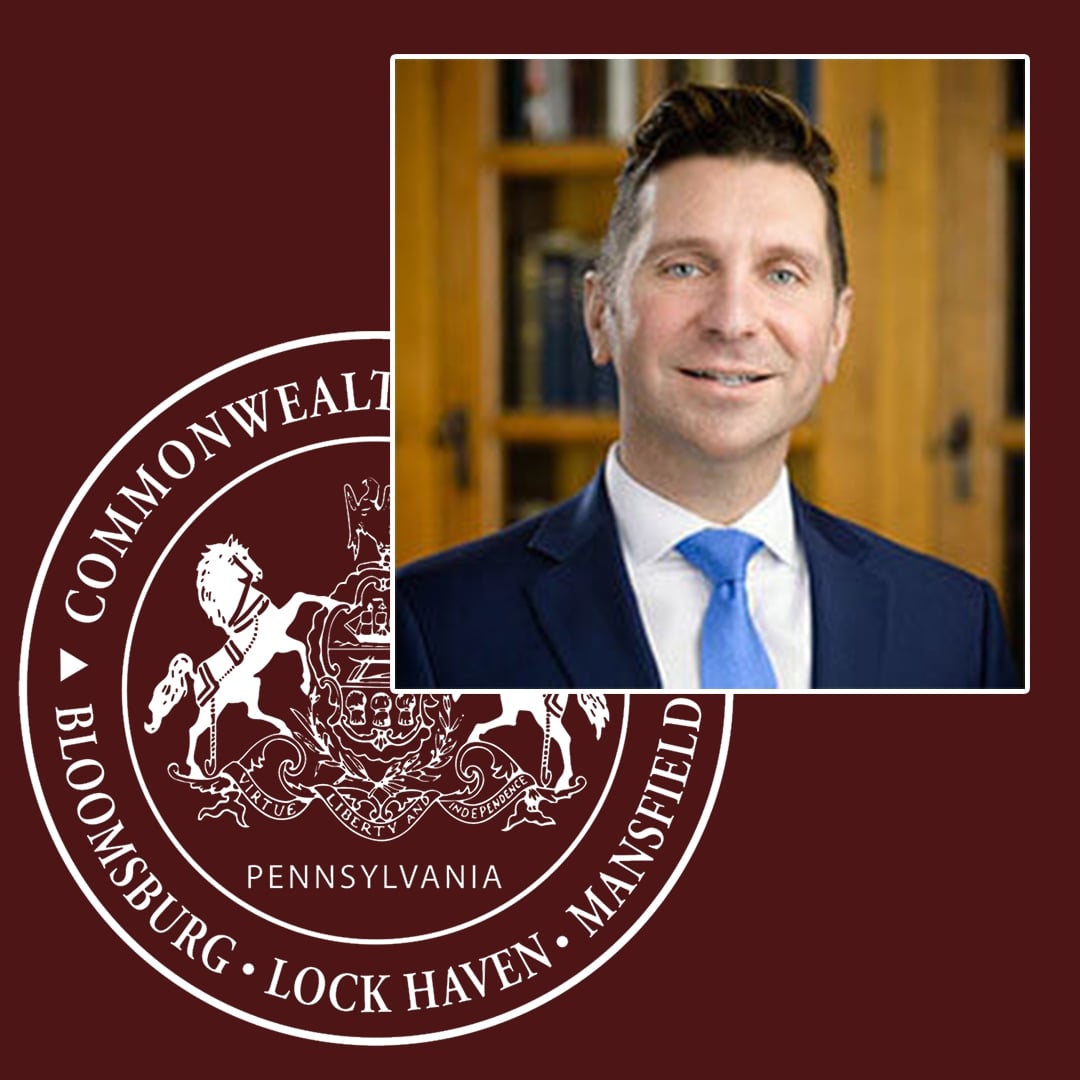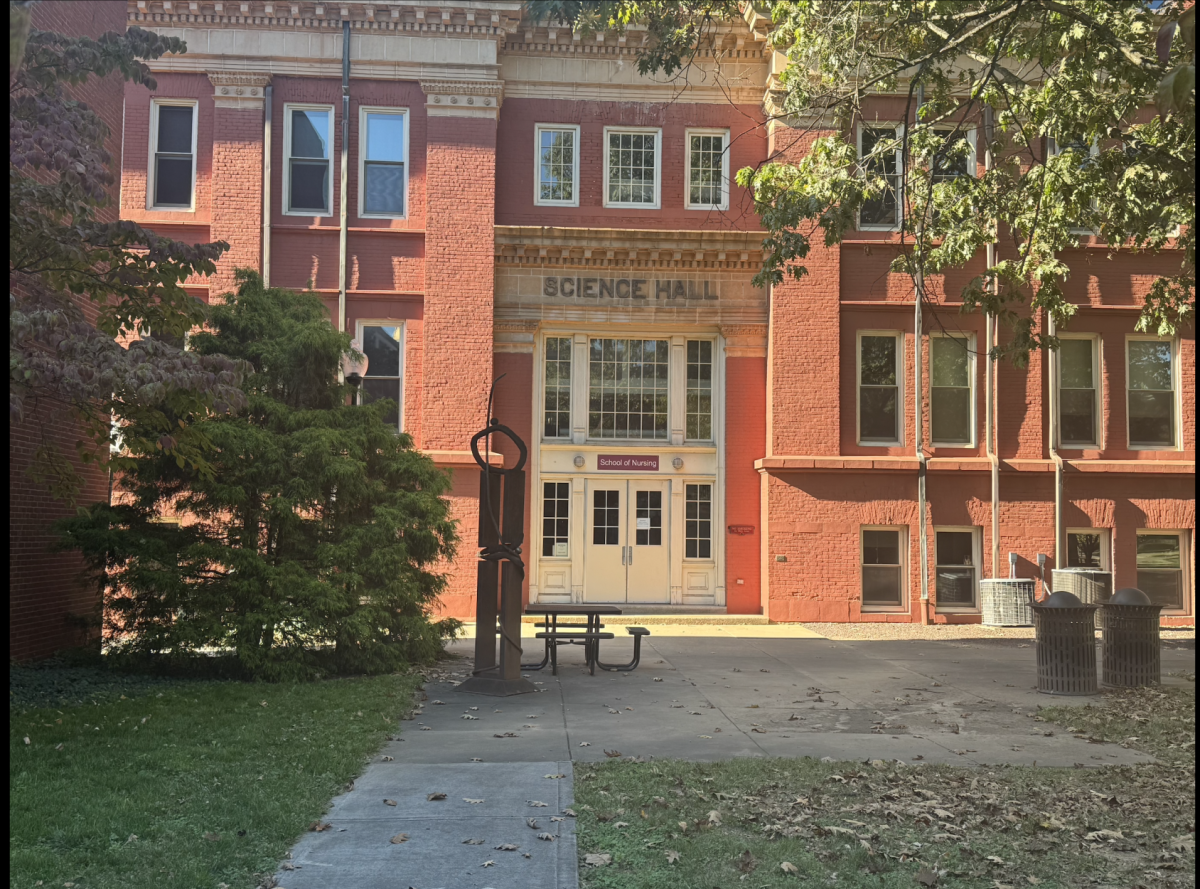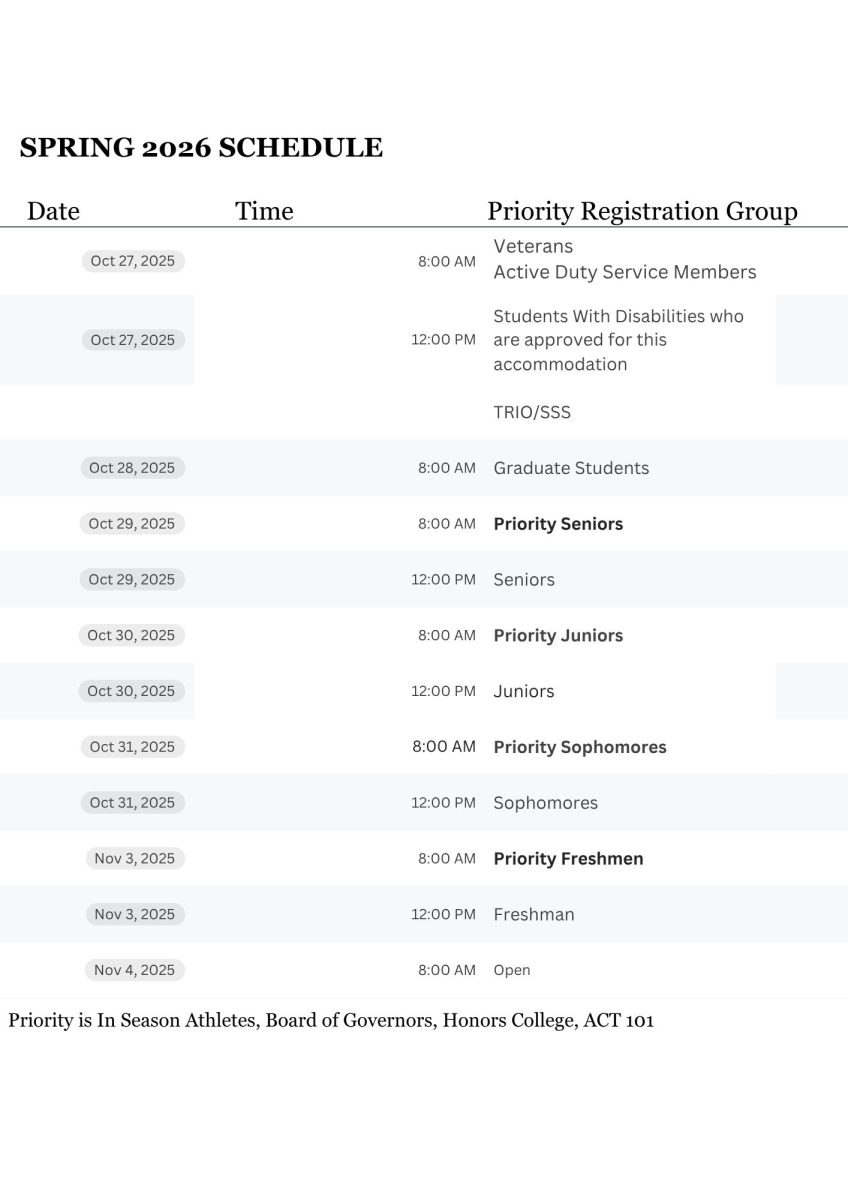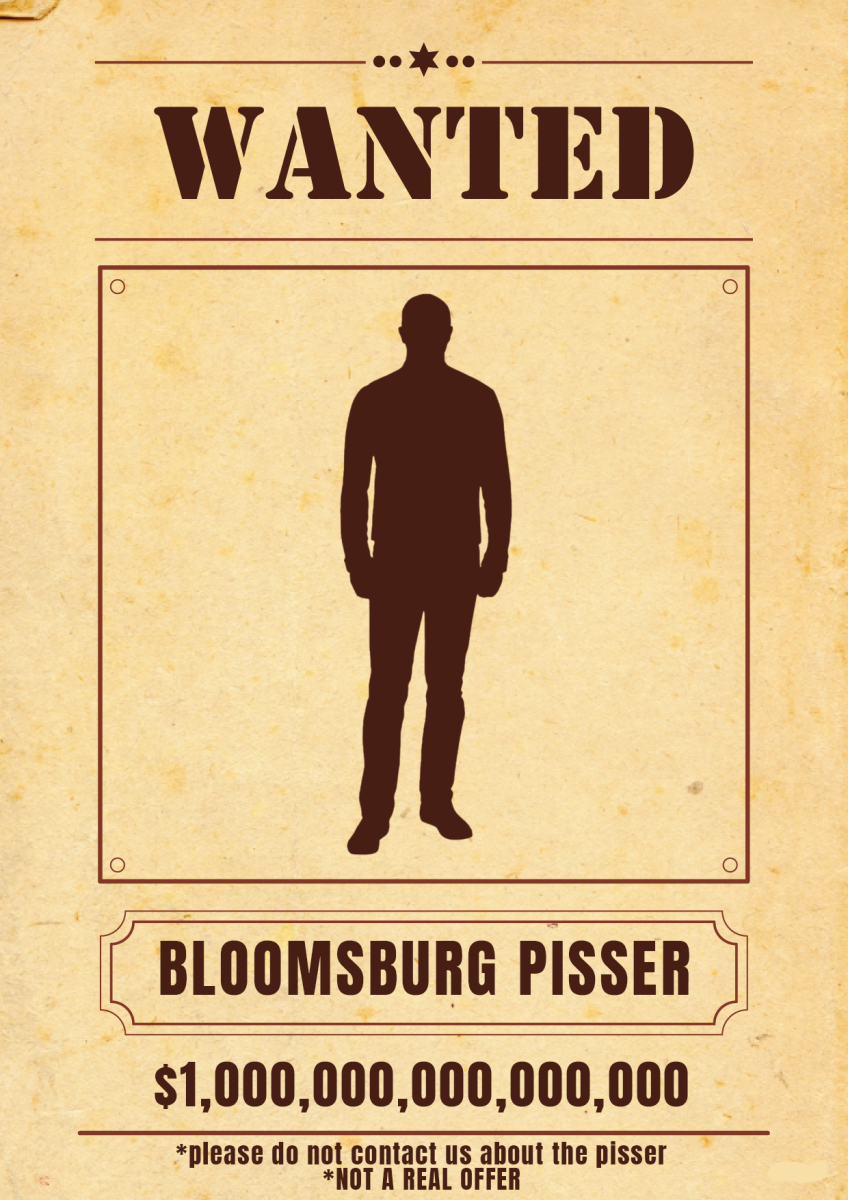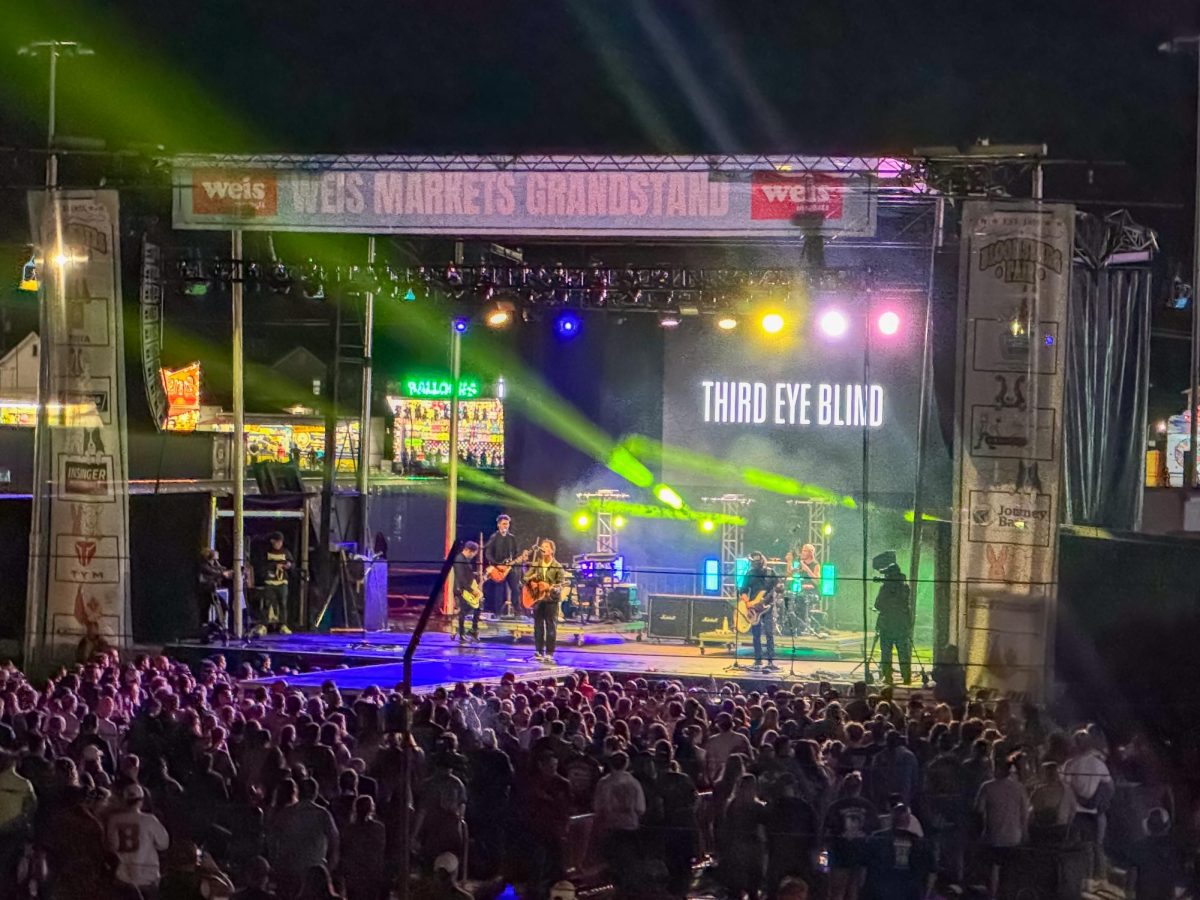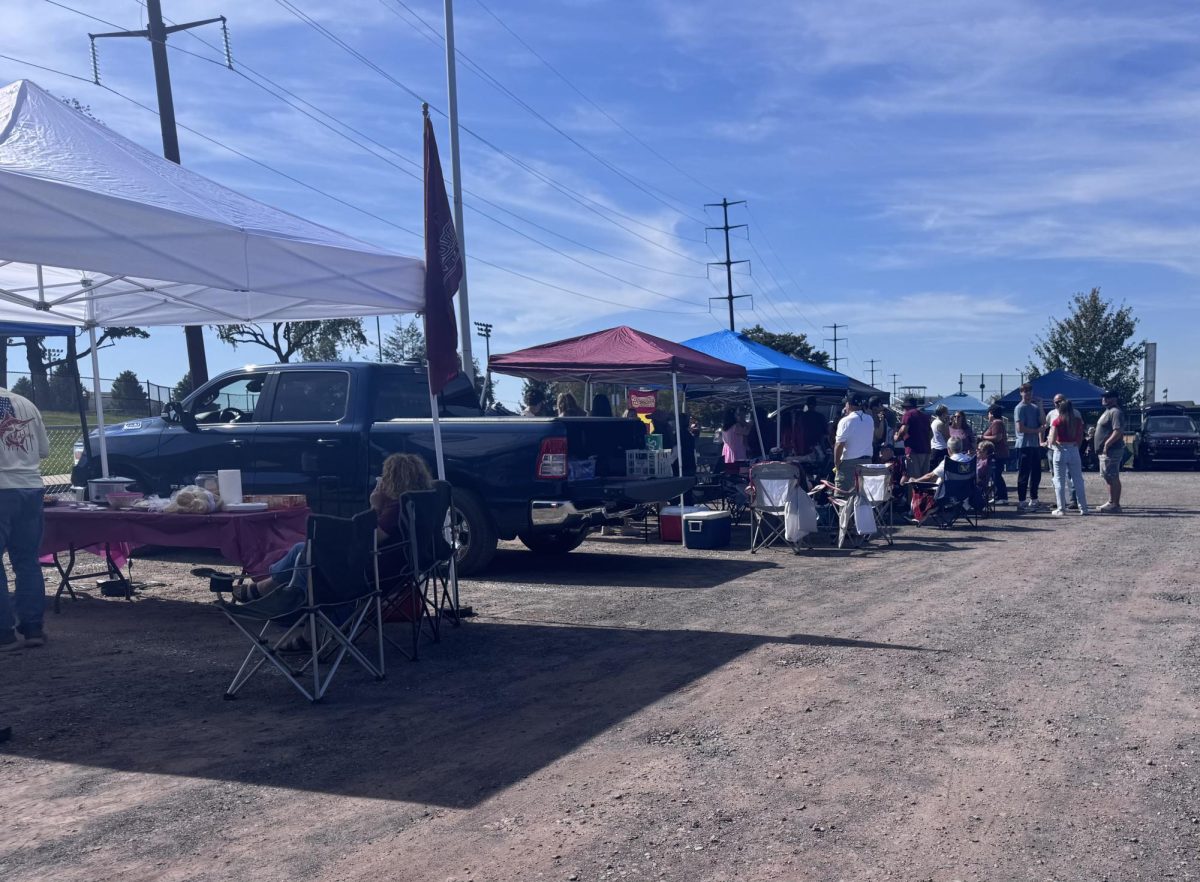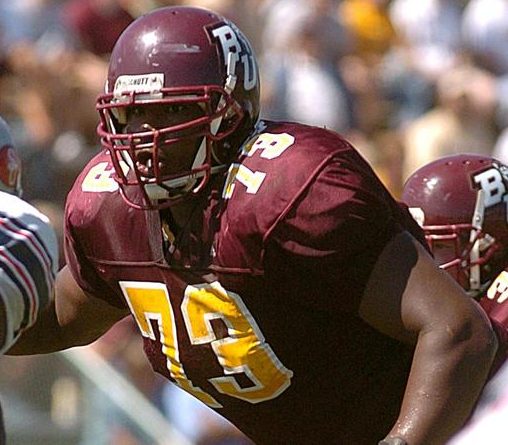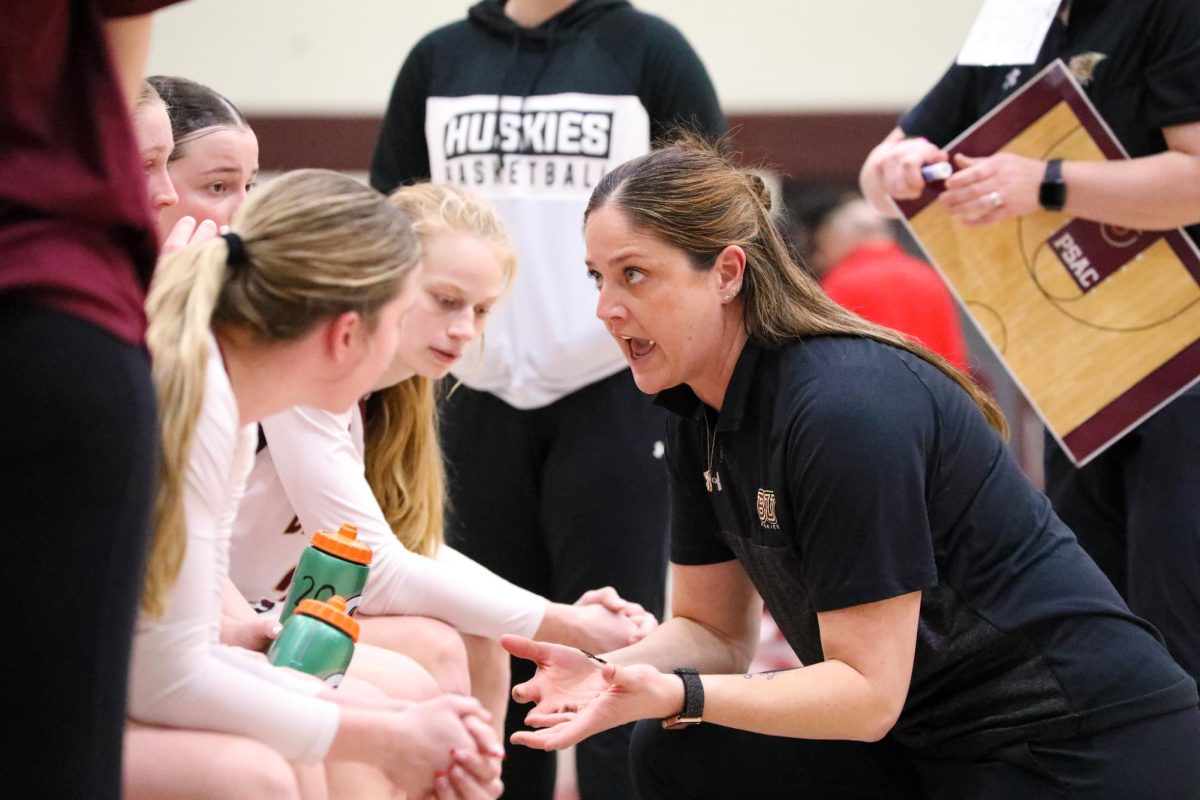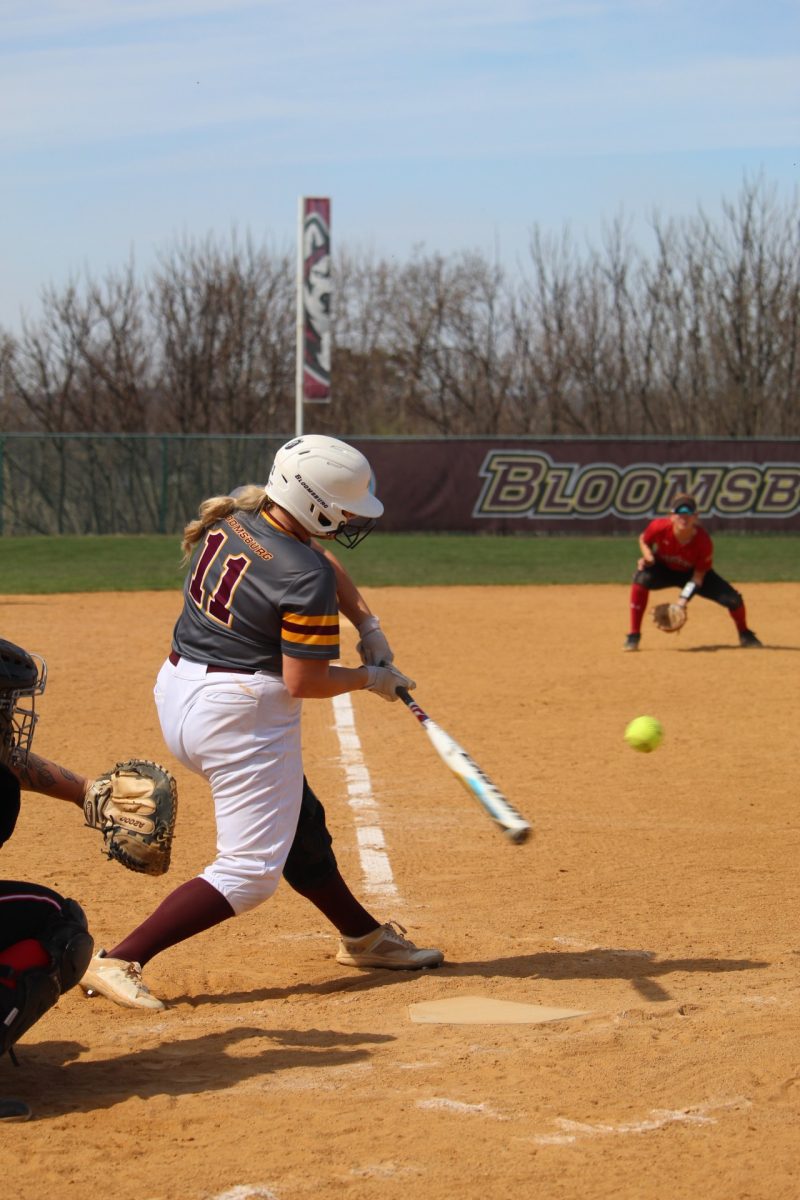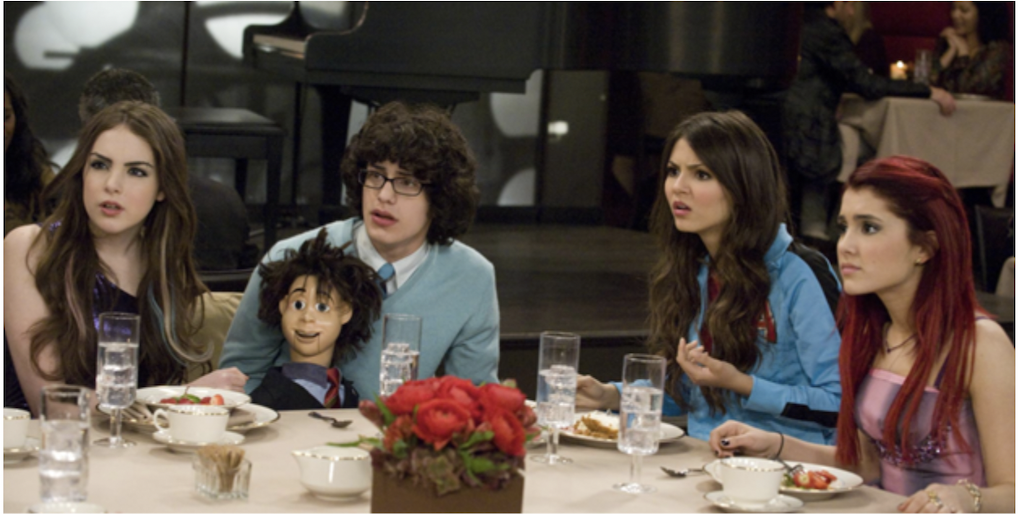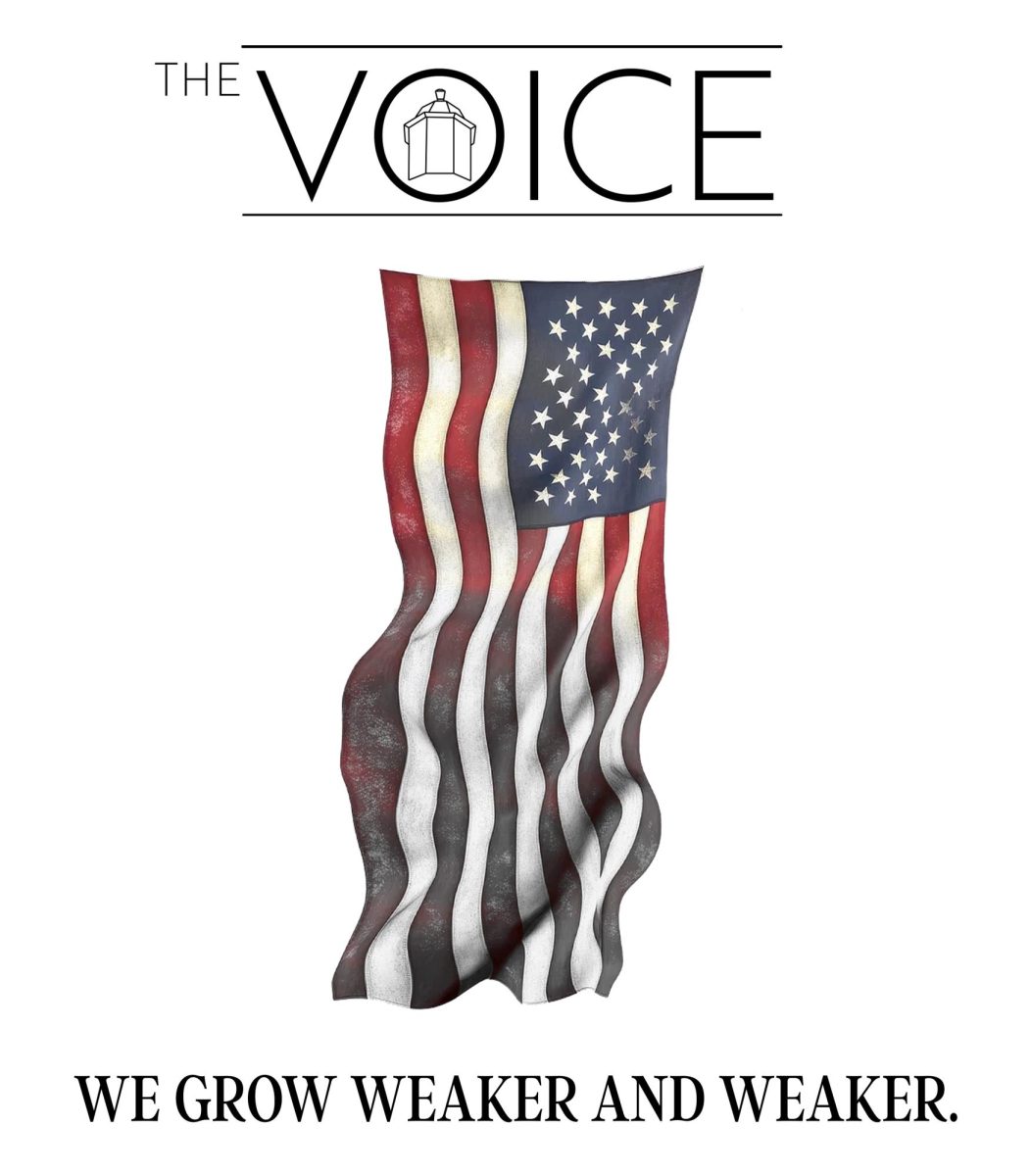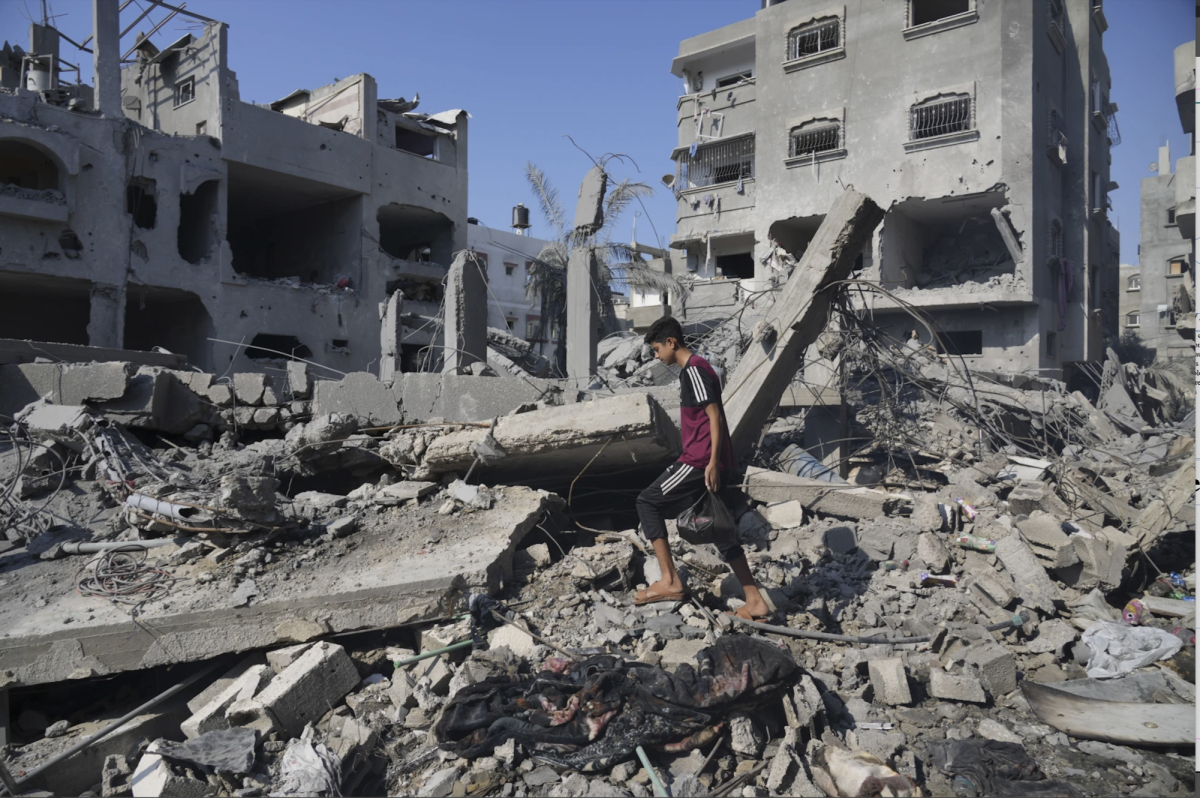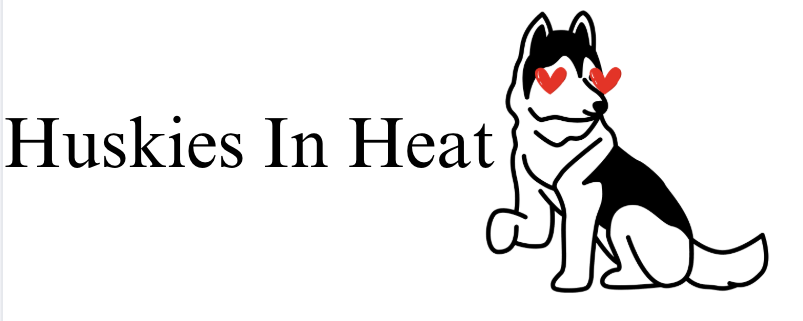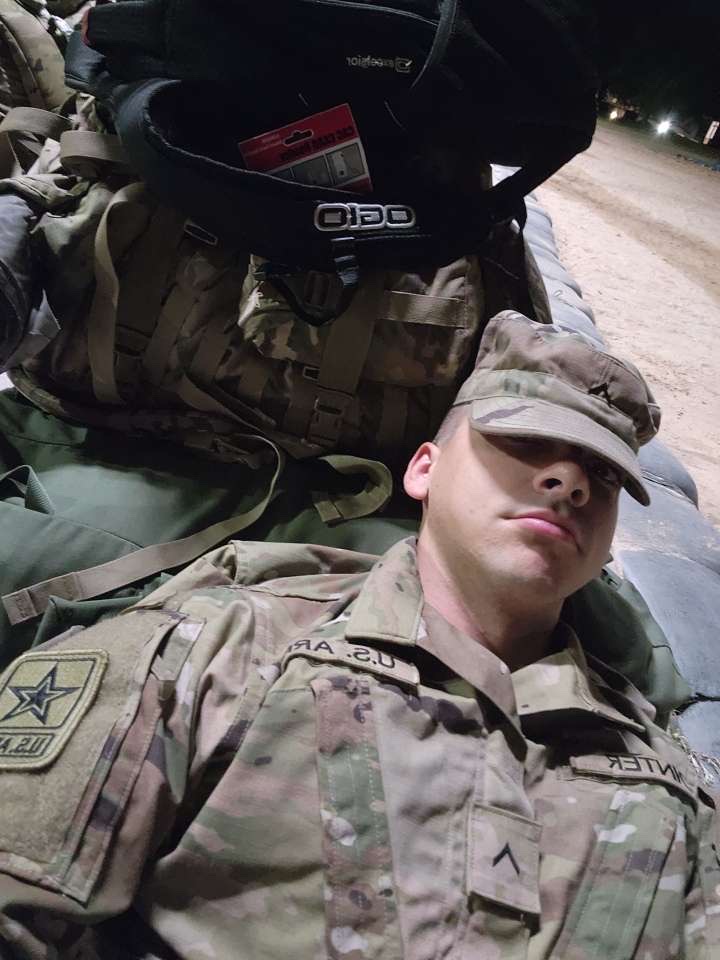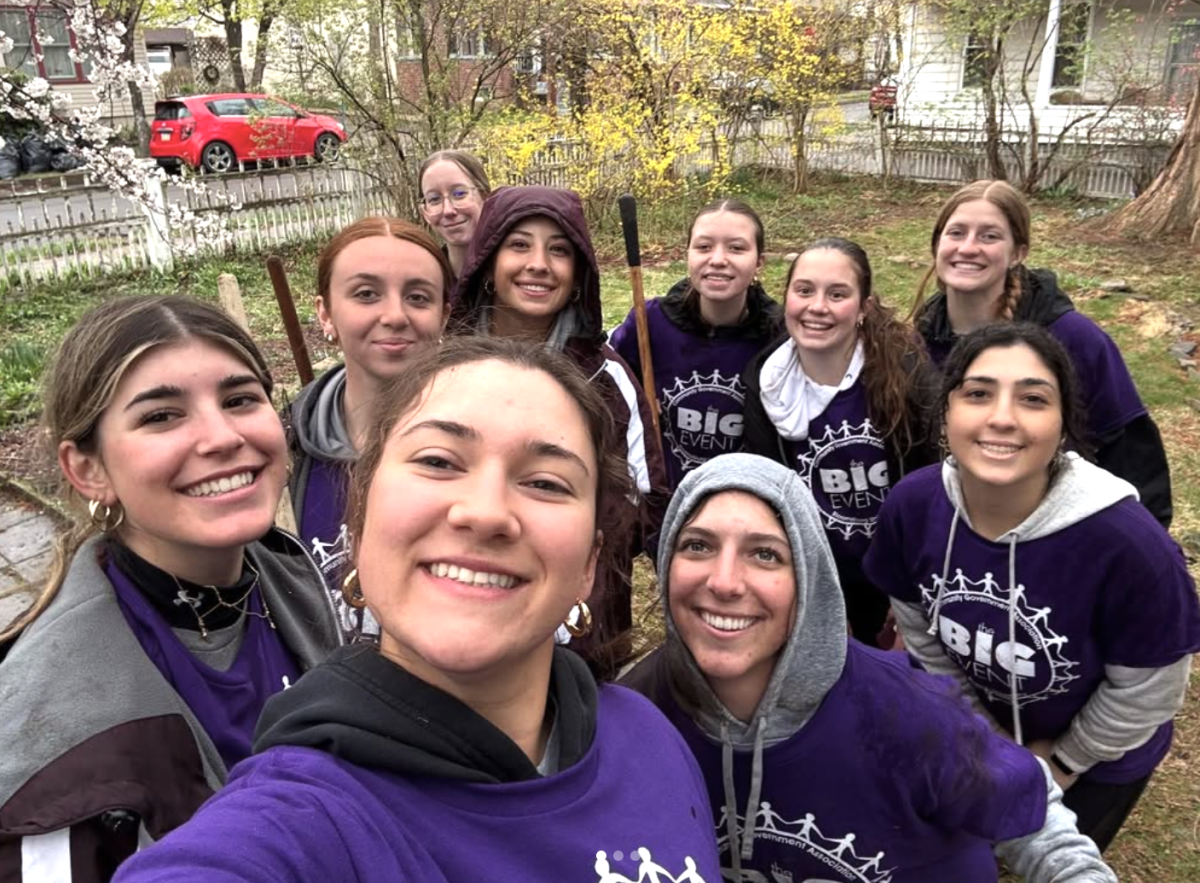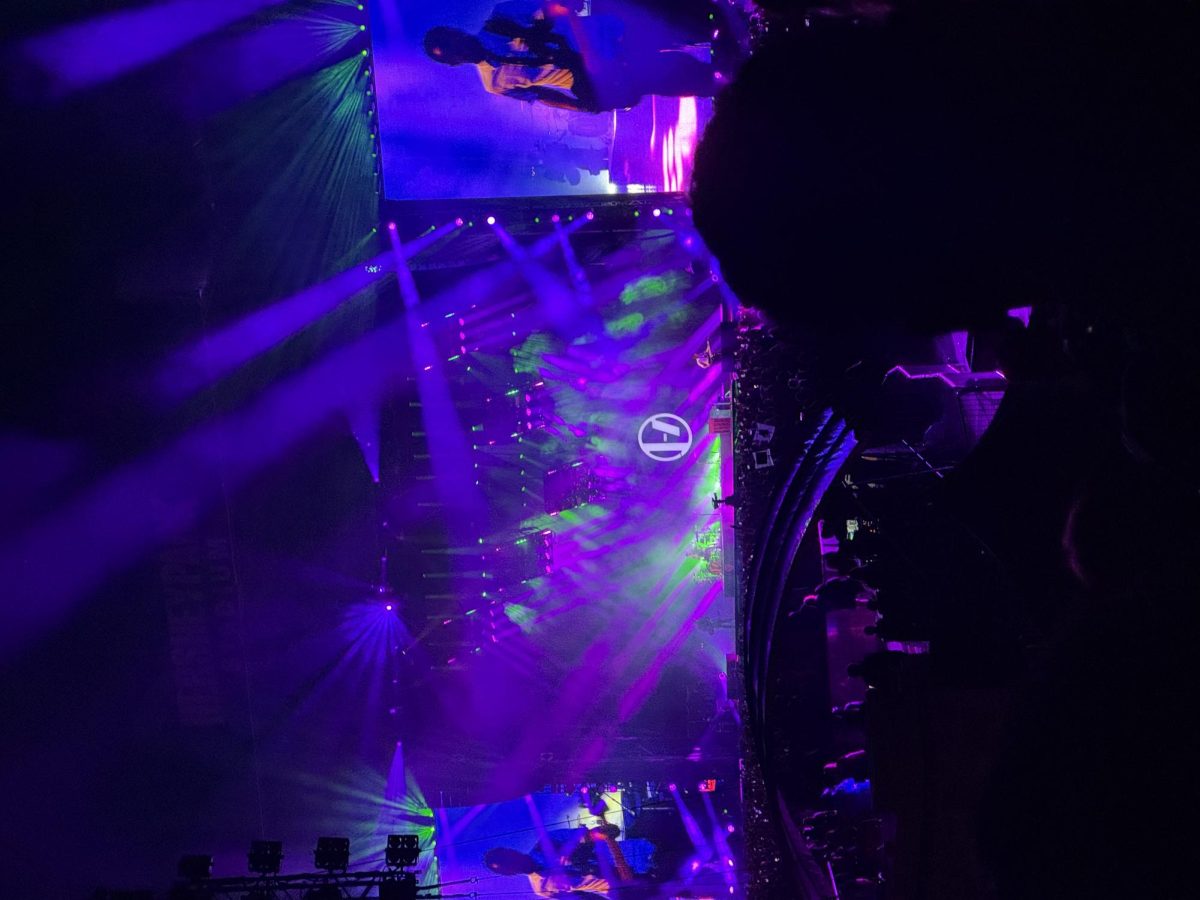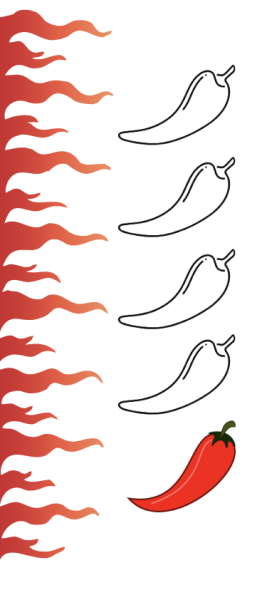
Childhood isn’t just fleeting moments or a short chapters of our lives. It’s the blueprint for how we love, fight, trust, and connect. It’s what we search for in our communication and attachment. We then carry what is modeled and what we are given into adulthood.
Growing up, we all saw different versions of what love looks like. In some way, shape, or form, it has fundamentally impacted the love we seek and what our ideal versions of love look like.
Family is our first model for love, connection, and emotional safety. The representation we witness does not mean it is always healthy. Some people, unfortunately, grew up thinking that love was the silent treatment after an argument, being isolated, shut out, and ignored. Some were raised in the shadow of bruises and broken silence, and carry that chaos with them into every room they’ve tried to call safe. Inherited pain does not excuse the repetition of harm. People from emotionally neglectful or high-conflict homes often struggle with low self-esteem, emotional suppression, fear of intimacy, people pleasing, or intense conflict avoidance.
Attachment styles form based on how consistently and securely our caregivers meet our emotional needs. In adulthood, they show up as secure (trusting, balanced), anxious (clingy, fear of abandonment), avoidant (emotionally distant, self-reliant), or disorganized (a mix of both, often chaotic).
Attachment styles can change over time through self-awareness, therapy, healthy relationships, and consistently practicing new ways of relating. It can feel like reparenting yourself and unlearning the unhealthy habits you were raised with. Emotional safety looks like being able to express yourself without fear of judgment, rejection, or punishment. We learn it in childhood when caregivers validate our feelings and offer consistent support, or we unlearn it later by healing those early wounds, setting boundaries, and building trust with safe people.
The way our parents handled conflict becomes our default script — if they yelled, avoided, or shut down, we likely mimic that or go the opposite extreme. It shapes whether we fight fair, fear confrontation, or even know how to express needs without starting a fight.
Suppose you notice yourself choosing emotionally unavailable partners, fearing intimacy, avoiding conflict or overreacting to it, people-pleasing, struggling with boundaries, or feeling stuck in the same painful relationship cycles. In that case, these are all signs to look out for. You are capable of breaking the cycle. It can end with you. Awareness is the first step, reflect on your patterns, name where they came from, and explore them in therapy or journaling.
If you are willing to communicate openly, stay curious about each other’s triggers, and do the emotional work instead of just repeating what they know.
Love can be relearned. Safety can be rebuilt. Healing is possible. We may not have had a choice in the love we first learned, but we do have a choice in the love we give, accept, and build from here. It starts and ends with you.

